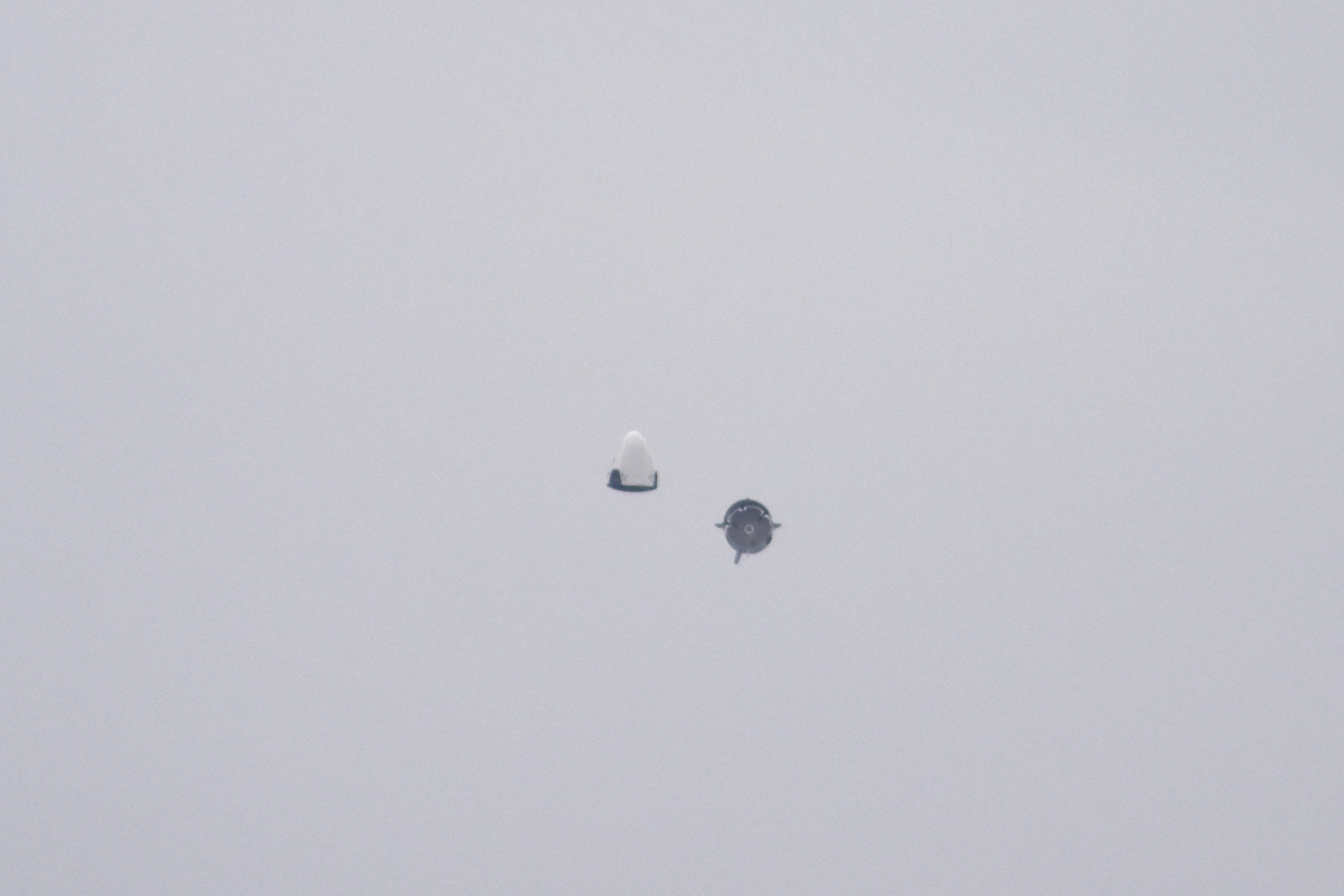

Getting up into the ~300-500 km range, there's still enough drag to make the orbit "self-cleaning", but it quickly drops off, allowing objects to stay in orbit without reboosts for much longer. ~285 km is a common altitude for initial parking orbits used during launches, and if an upper stage fails to relight to boost out of that low altitude, it'll often reenter within a few days. In addition to what freddo411 said: 285 km is a much draggier altitude than ~350 or ~400 km (it drops off pretty quickly as you go up). To be stored or dumped using another system Additionally, the mass of the water leaves the vehicle and does not need Needed to condense the water during flight. This saves power or cooling that otherwise would be Separation and storage to successfully operate instead, the water remains in the vapor phase on both the cabin sideĪnd vacuum side of the membrane and is rejected to space. System when the capsule is in the atmosphere or on-station.Ĭompared to a condensing heat exchanger, the Nafion dehumidifier is passive and does not require water phase Each line has an isolation valve to turn off the Two vacuum lines allow for removed water to be vented to space. Valves allow for selective enabling of four Nafion banks to autonomously control the rate of water vapor removal. Vacuum of space to draw humidity across water-permeable (but air-impermeable) Nafion membranes. Quote Humidity in Dragon is controlled by a dehumidifier system while on-orbit (Figure 7). Operations of the ECLSS, the development process, and the lessons learned.

The same vehicle performs a crewed test flight. Humans in a prototype capsule in November 2016, the Demo-1 test flight to the ISS in MarchĢ019, and human-in-the-loop ground testing in the Demo-2 capsule in January 2020 before
#Dragon trunk jettison series#
As the ECLSS design matured a series of tests were conducted, including with Opportunity for technology development and the early characterization of system-levelīehavior. During the development of the crewĮCLSS, the Dragon 1 cargo spacecraft flew with a simple ECLSS for animals, providing an

Subsystems combined with an emphasis on simplicity and fault tolerance created uniqueĬhallenges and opportunities for the design team. Human flight is the Environmental Control and Life Support System (ECLSS), which wasĭesigned to work in concert with the spacesuit and spacecraft. The ability of the United States to launch astronauts. Quote SpaceX designed the Crew Dragon spacecraft to be the safest ever flown and to restore Dragon would contain approximately 2,400 pounds of residual propellant after the abort test. Dragon would contain approximately 5,650 pounds of hypergolic propellant, including approximately 3,500 pounds of dinitrogen tetroxide (NTO) and 2,150 pounds of monomethylhydrazine (MMH). Non-critical systems would either be eliminated or simplified to reduce the complexity of the ground refurbishment process to conduct the abort test. Systems, subsystems, and components critical to the success of in-flight abort would be in the final configuration. The Dragon test vehicle is intended to represent the final flight configuration of Dragon-2. The thermal protection structure supports secondary structures including the SuperDraco engines, propellant tanks, pressurant tanks, parachute system, and necessary avionics. Other primary structures include a welded aluminum pressure vessel, primary heat shield support structure, and back shell thermal protection system support structure. Dragon-2 is composed of the capsule for pressurized crew and cargo, the unpressurized cargo module or “trunk,” and a nosecone. Dragon weighs approximately 17,000 pounds without cargo and is approximately 17 feet tall with a base width of 13 feet. SpaceX has developed Dragon to deliver cargo and experiments to the ISS and Low Earth Orbit (Dragon-1) and to transport astronauts to the ISS (Dragon-2) (Figure 2-1). I'm posting because this was freshly brought to my attention today. I don't know if this was mentioned / discussed earlier in this thread or not, but the Environmental Assessment for the In-Flight Abort gave us updated numbers for the Crew Dragon dry mass and fuel mass.


 0 kommentar(er)
0 kommentar(er)
